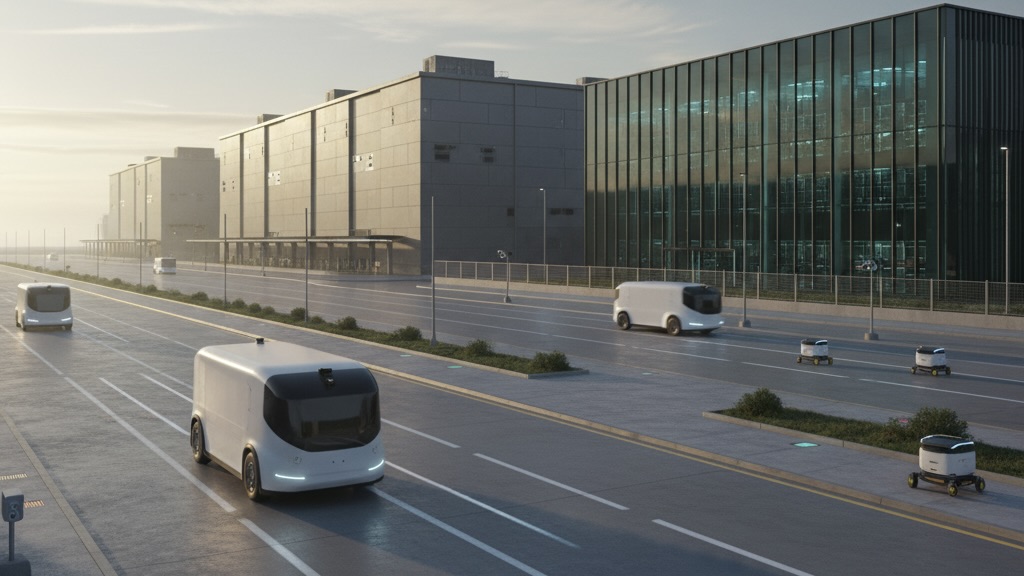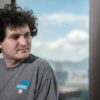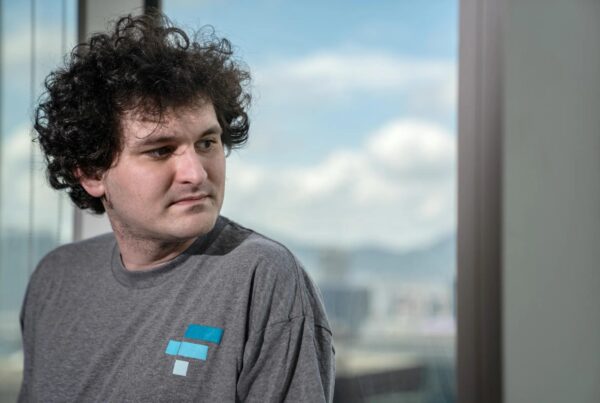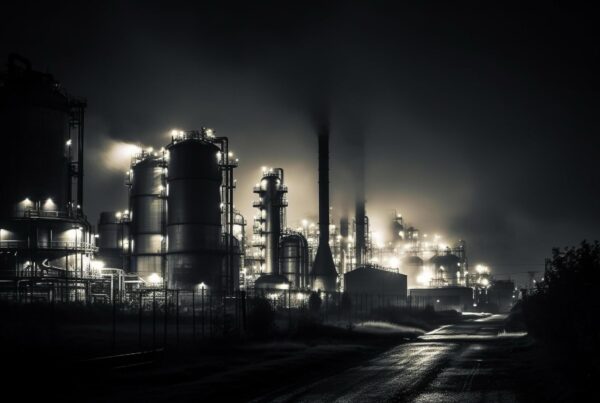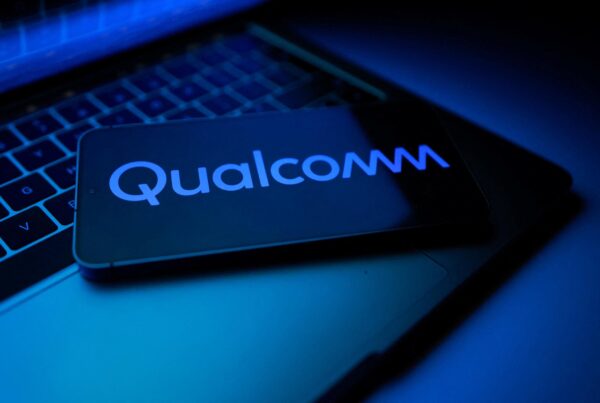Imagine an industrial city without the sound of machines. There are no horns on the trucks transporting raw materials, and there is no queue of workers changing shifts at the factory gate. From a distance, only a large metal building without windows could be seen, standing silently under the sunlight. That is the new face of the manufacturing world in the era of dark factories, and with it a new concept was born: Neo Industrial City, the city of the future built not for workers, but for artificial intelligence that works tirelessly.
From Industrial Zone to Automated Ecosystem
For more than a century, an industrial city has always been synonymous with bustle: smokestacks, workers' housing, heavy transport, and ceaseless human activity. But now, everything has changed direction.
When the dark industry, a factory that operates in the dark with the power of robots and AI, begins to take over production, the city's structure also evolves.
The industrial area no longer needs thousands of workers. They only need
Stable electricity, ultra-fast data connection, and a digital control center that can monitor dozens of factories remotely.
As a result, the industrial city that was once busy has now become a quiet, high-tech city, a place where machines, algorithms, and data work to replace the hustle and bustle of people.
A city without smoke but full of data.
Neo Industrial City is not built around natural resources such as mines or ports, but around digital resources.
Servers, data centers, and fiber networks have become the lifeblood of the city.
If in the past people worked in factories, now people work in a command center—a large room full of screens that display real-time production maps of the dark factories scattered around the world.
Robots and autonomous logistics systems work without interruption. Driverless electric trucks carry goods from the factory to the smart port, and are regulated by an algorithm that knows when rain will fall or when traffic is heavy.
There is no light from the work lamp, there is no night shift, only data signals flowing endlessly.
The Birth of a City That Thrives Around Automation
Because factories no longer require a lot of human labor, the residential area has also shifted its function.
New industrial cities now bear lighter, more humane burdens.
Instead of building thousands of workers' homes, the government and developers are designing a research and design district, creative studios, technology education centers, and startup communities that support product innovation.
Production is managed by AI, while humans focus on the most valuable part, namely creating new ideas.
In this context, the factory is no longer the city's economic center, but rather the backend system of a creative ecosystem.
The factory works in the dark, but its human life is even brighter.
Early example of Neo-Industrial shadow in the real world
Some cities in China have begun to imitate this concept without explicitly mentioning it.
- In Suzhou and Shenzhen, many industrial zones are now operating without humans, while in the city center a maker-space community, an AI lab, and smart housing are growing.
- In Europe, Siemens City Vienna and BMW iFactory in Germany are beginning to show a similar direction, namely a combination of an automated factory, a digital research center, and a green and tranquil living environment.
- In America, Tesla's Gigafactory Texas has become a symbol of a new industrial city driven by data and clean energy, not by manual labor.
All of this shows one thing: the industry is still growing, but its form is shifting from physical to digital, from noisy to quiet, from manual to autonomous.
The Challenges of Gaps, Access, and New Identities
However, behind the beauty of this vision, there is a side that needs to be watched out for.
Not everyone can immediately switch from physical work to digital work.
Small towns that lose conventional factories could experience "economic silence".
The government and the education sector must move quickly so that society can adapt to an economy without hands, but with brains and data.
Besides that, there is an identity question: if the city no longer has the heartbeat of workers and smoke-belching factories, what keeps it alive?
Perhaps the answer is simple, humans remain the heart of it, but in a new way—not by working with hands, but with vision and ideas.
The Silent City, But Never Sleeps.
Neo-industrial city is not a utopia, but rather the natural result of the technological revolution.
This city will be silent on the outside, but pulsate inside its server.
They do not sleep, because the machine and its algorithms work all night, while the humans above it dream, designing a new future.
In the future, perhaps we will no longer say "I work in a factory."
but "I live in a city that works for me."
The dark industrial era actually gave birth to a brighter city, a place where humans and machines find a new balance in ultramodern harmony.
Discover more from Insimen
Subscribe to get the latest posts sent to your email.

